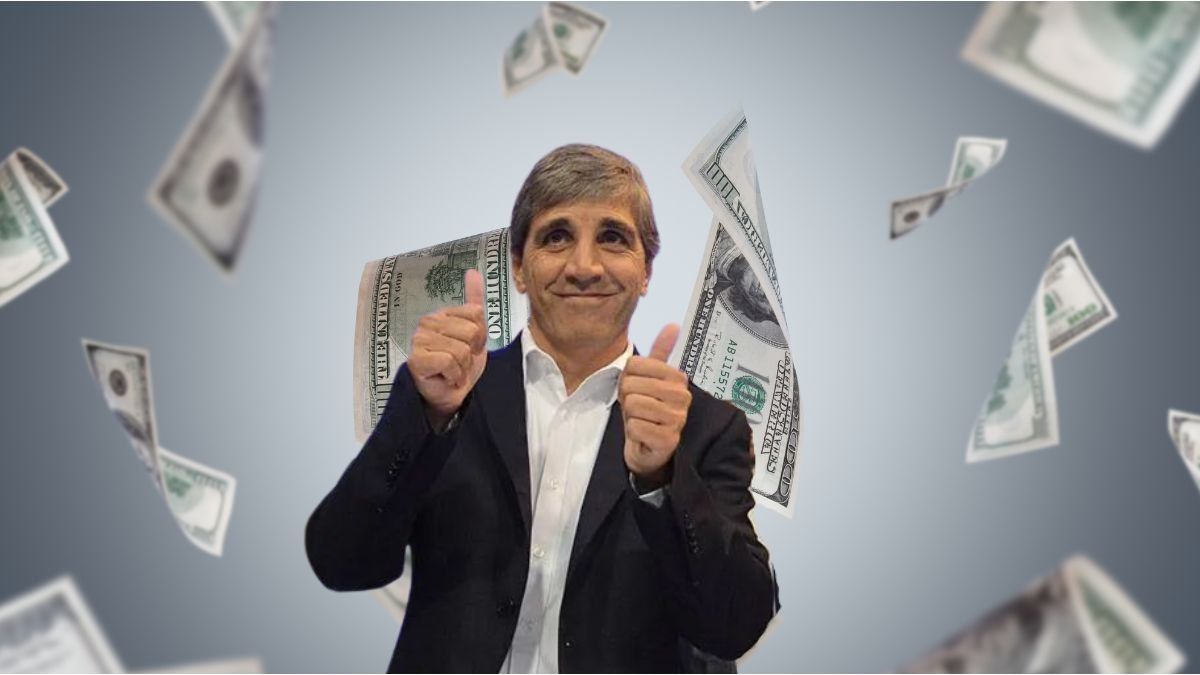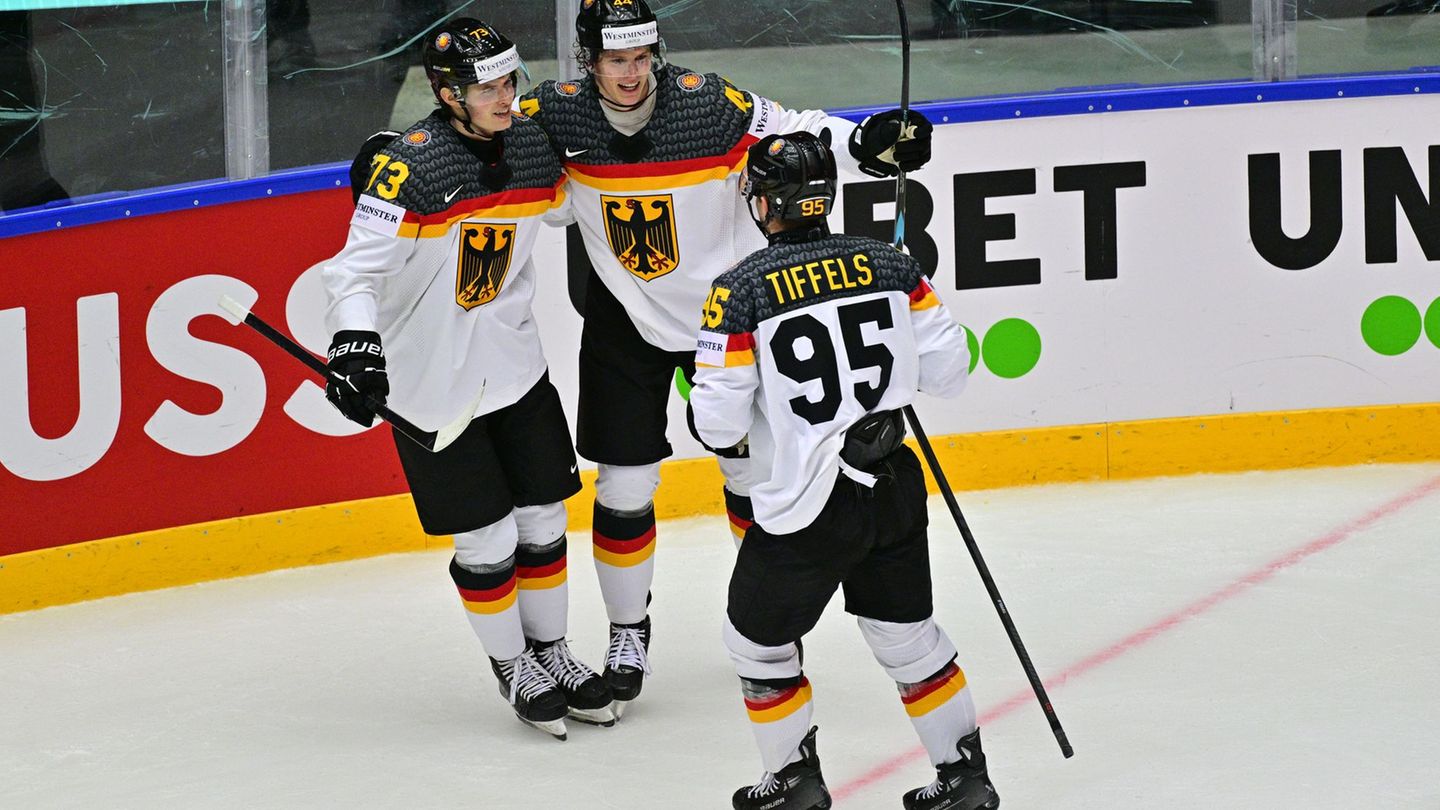Dialogue with the president of the Association of Friends of the Modern, after the meal to benefit the institution with images of García Uriburu.
inés etchebarne. President of the Association of Friends of the Modern.
Inés Etchebarne, president of the Friends of the Modern Museum Association, presented last week one of the most successful meals of the art season, amid the images of the Nicolás García Uriburu exhibition. The Association chaired by Etchebarne raises money to support the Moderno’s programs, mostly scholarships, publications and heritage care. And in addition to the acquisition of works to increase the collection, aid to disabled people has increased since his arrival. That night the tables were filled with gifts, flowers and wines to start; then, vases, jewelry and objects to auction.
The content you want to access is exclusive to subscribers.
Etchebarne has a degree in Political Science, with a specialization in International Relations and a Master in Arts Management from the University of London; She worked in the Cultural Directorate of the Ministry of Foreign Affairs, in the Museums Directorate of CABA and was director of ICANA. For more than 20 years she has been carrying out activities in the artistic world, in Punta del Este, Madrid, New York, London, Brussels, Lebanon, Paris and Buenos Aires. She insists on her extensive career by remembering that to study in London she won the High Level Human Resources Abroad scholarship awarded by the Ministry of Education. “My volunteer work in the Association is the way I found to pay back that scholarship they gave me,” she observes.
Journalist: Your “Modern Nights” via Zoom gained fame during the pandemic when you added books and wine to meetings with critics and artists. Now, beyond the green drinks to celebrate García Uriburu, is the attraction a display of artificial intelligence?
Inés Etchebarne: Yes. I have to thank the technology expert Felipe Durán, who surprised us all when he presented an immense mural with vivid images of the great work that Nicolás García Uriburu never completed: the coloring of the Iguazú Falls. He had dyed the waters of the Seine, numerous fountains and rivers, but those of the falls were the dream that he could not realize. In addition, Felipe Durán worked on the virtual 3D reconstruction of some elements of Uriburu’s paintings that acquired the format of holograms. In one of the rooms of the Moderno, visitors walked (dive) with their helmets among the artist’s dolphins.
Q: To what do you attribute the increase in the number of Friends of the Association? It is known that when he took office, shortly before the pandemic, there were less than 100 and now it is evident that they have multiplied.
IE: Today there are already 600. First of all, we put together a membership scheme with different categories and interesting benefits, including Super Friend, which provides a higher fee. At the same time we developed a youth program with monthly activities and expanded communication through a newsletter. The increase in the number of members was notable. But we all know that our success aims to leave an Association that works like a Swiss watch, to say it in the words of our vice president Edouard de Royer. The positions are not canonries. We believe that change, new ideas and working together are factors that consolidate a project where society as a whole must be involved, because the museum belongs to the citizens.
Q.: The presence and voice of young people have greater weight every day in international Friends Associations. What do you attribute it to?
IE: Museums need to attract and conquer the public of the future. Today, the Moderno youth program transcends the doors of the museum. There is a very thoughtful and well-planned monthly tour of galleries and artists’ workshops. In this way we develop new audiences and encourage participation. Areas of vital importance such as membership are in charge of Sol Prat Gay.
Q: Does dealing with young people require any spatial conditions?
IE: During the pandemic, the challenge of communicating on social networks the need to support the Museum was still valid. Then a trip to Paris arose. There, in July 2020 there was a gradual opening and a new idea began to take shape during a guided tour of the Friends of the Pompidou. One of the attendees asked the guide a personal question: “What artistic movement interests you the most?” And the guide responded: “I’m not interested in this or that trend, I’m interested in knowing what the artist thought, what he read and what drove him to create in a certain way.” From that question arose the visits to the artists’ workshops with the clear purpose of getting to know them intimately. The guiding method of these meetings, analyzing the life story and the context that surrounds each artist, facilitates access to their ideas, understanding their art and the impulses that mobilize them. It is a journey into the worldview of each one of them. I always remember the words of Pompidou’s guide that paved the way to understanding his art.
Source: Ambito
I am an author and journalist who has worked in the entertainment industry for over a decade. I currently work as a news editor at a major news website, and my focus is on covering the latest trends in entertainment. I also write occasional pieces for other outlets, and have authored two books about the entertainment industry.




